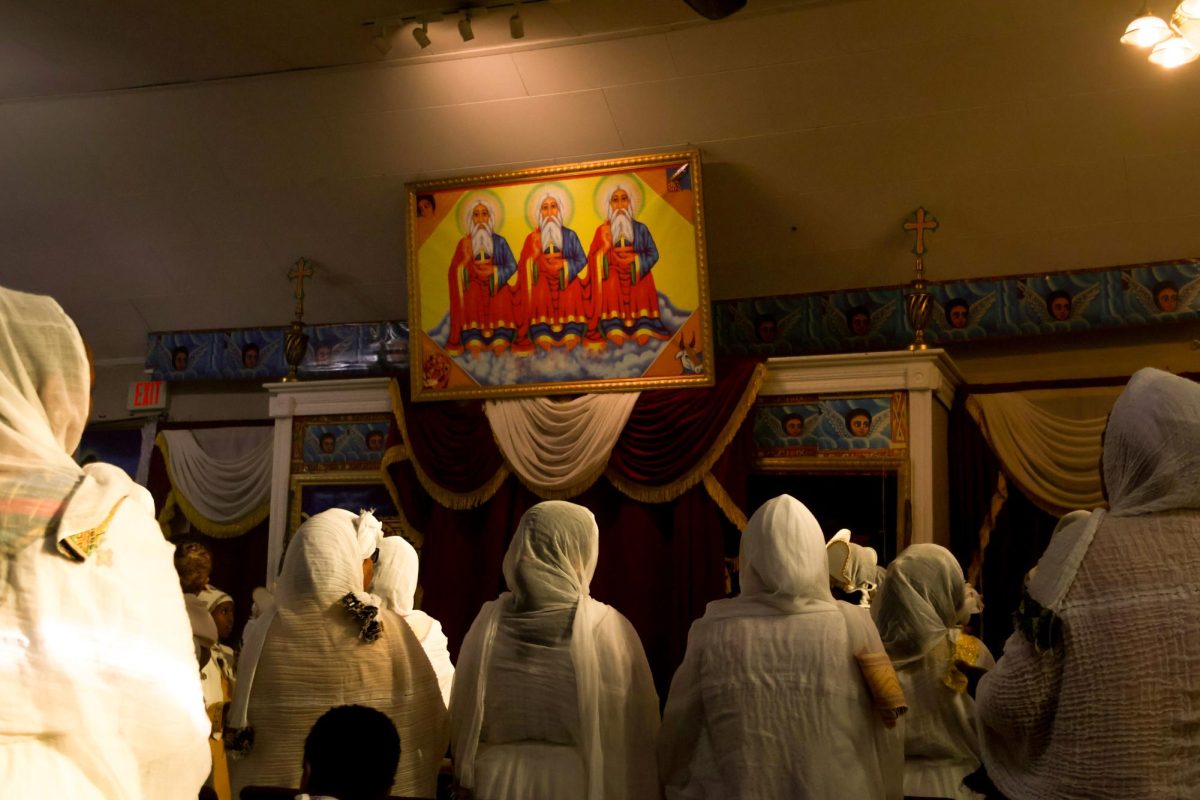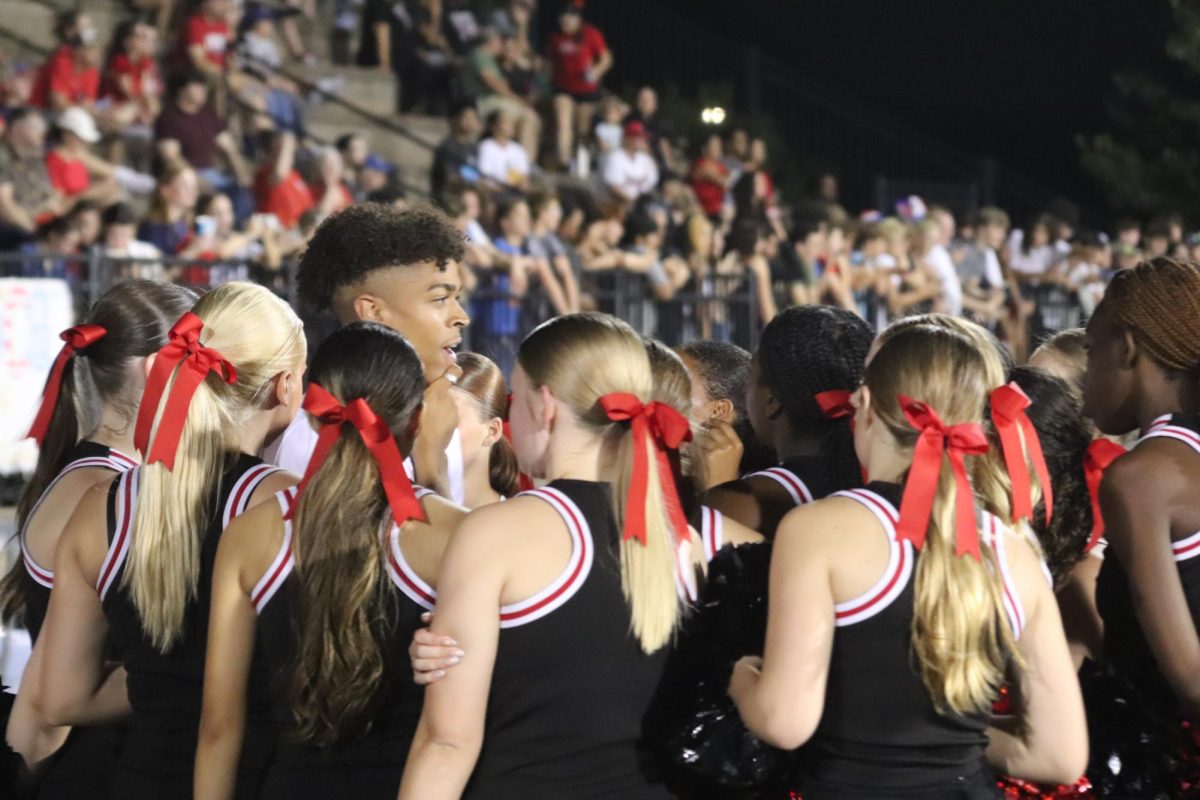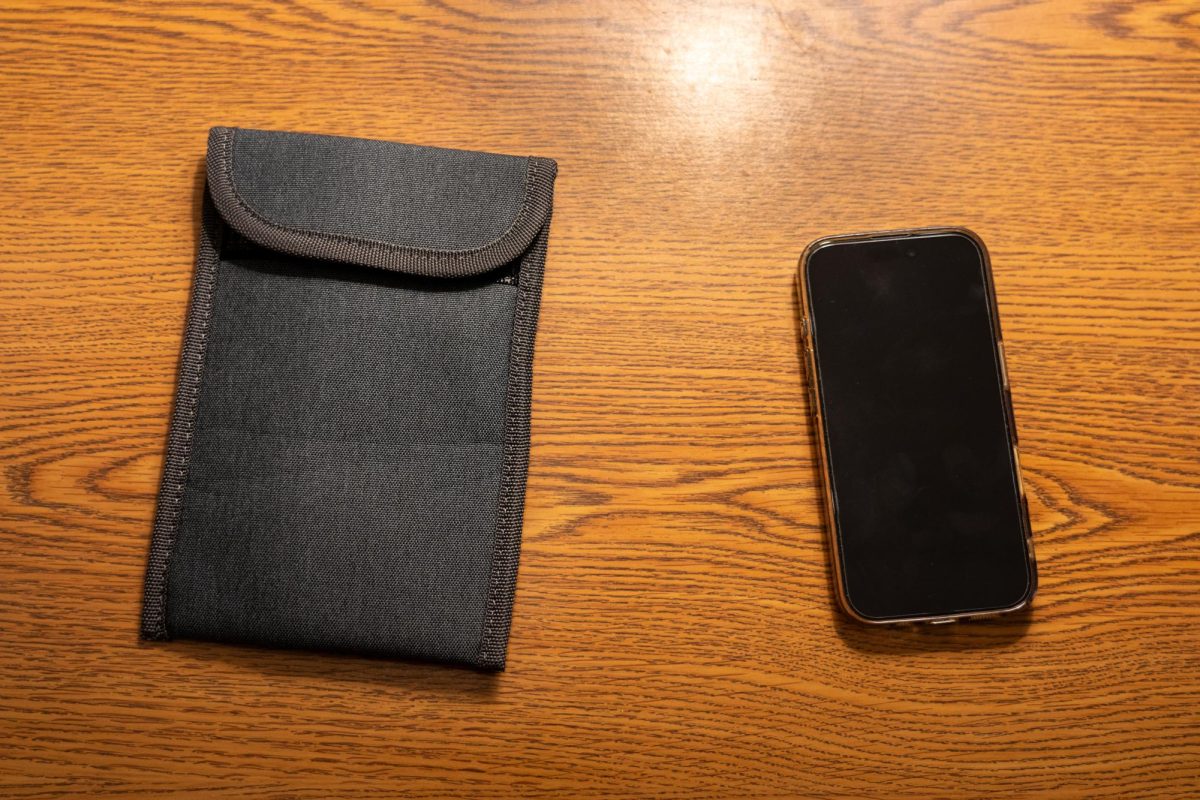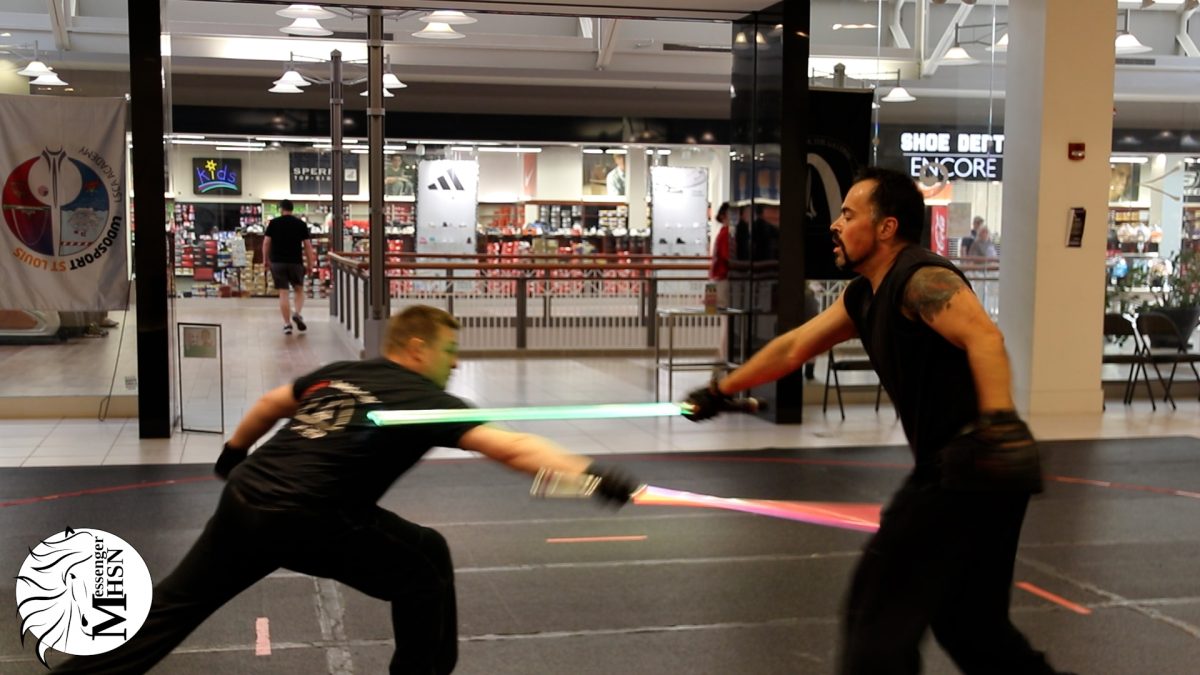Math teacher Charles Cowey rolls up to the elevator on his scooter to see the bright yellow ‘out of order’ sign plastered across the doors. His broken foot doesn’t allow him to climb stairs like he used to, so he has to use the only elevator to get to his classroom.
Today, he can’t.
The elevator connecting the first and second floors of the academic hall experiences continuous issues. During the last few weeks of the 2022-2023 school year, the elevator ceased operation for the foreseeable future. Cowey was forced to take leave for the entirety of that time, as his mobility issues stopped him from using the stairs.
“I had to use up my sick time, and my personal time, when the elevator was broken last year,” Cowey said. “Which kind of irritated me because I had to use my time for something that I couldn’t control, but the school should control. When I returned to work this year, it was still broken.”
In mid-October, the elevator was repaired and is currently functioning, but with its age, many issues are recurring. The elevator serves as the only access point to the second floor of the academic wing for those using a wheelchair or similar device.
“It was difficult trying to get my classroom routines down because I’m upstairs for two days, I’m in the library for five weeks, then I’m back upstairs again,” Cowey said. “I think it should have been fixed over the summer, but administration was supportive, and tried to provide options when it did break.”
Bowie has encountered a multitude of issues concerning the aging state of the campus. From ruptured pipes to faulty heating, ventilation, and air conditioning (HVAC) system to the unreliable elevator. Over the years, hundreds of work orders have been submitted and met with short-term fixes.
“The frustration grows every year when we can’t seem to figure out how to permanently fix the problems because we’re putting band-aids on 40-year-old systems that no longer heat or cool a building this size,” history teacher Alejandro Garcia said. “Faculty also has to develop a little bit of resiliency, because we just have to endure it every single year.”
This year has presented a new problem regarding the growing number of rodents infesting the academic hall. Beginning in A hall and immediately affecting the rest of the academic building, these raised concerns for student health.
“The rats didn’t directly affect my classroom, but I’ve seen traps placed around the building,” English teacher Matthew Flickinger said. “At one point I reported a sewage smell. It was then quickly brought to my attention that it was not the smell of sewage, but rotting rat flesh from one of the traps.”
Concerns have been addressed by building maintenance quickly, as new resources are assigned to alleviate the progressing issue.
“Austin Independent School District (AISD) contracted ABC pest control to come out here,” Assistant Manager to the Principal Samuel Cabrera said. “They worked underneath the building in the crawl spaces and sealed off all the different pipes and areas that the rats could come through. They also put traps above the ceiling tiles and in some rooms behind teachers’ desks. I know there’s still a few classes that are still infested. I’ve seen or heard them in the walls, but we’ve caught a lot of the rats with the help of the ABC pest control.”
In the past year, AISD purchased and installed a new HVAC system. Costing the district around $1 million. Despite this update, dozens of classrooms still experience recurring problems for extended periods. Garcia’s classroom, in C hall, was one of these classrooms that didn’t have a working A/C for over a month.
“In my entire career, the A/C has always been an issue,” Garcia said. “But this year was a little bit worse than normal because of the new systems that they brought in with the chillers that weren’t connected correctly, which caused the A/C to be pretty much non-existent. So, the first couple weeks of the year, at least on a couple occasions, I had to take classes to other rooms because it was just too hot. It’s frustrating, and it’s hard to have enthusiasm, to teach a lesson, when it’s so hot in here. And it’s hard for students to learn when it is so uncomfortable.”
Texas summer temperatures reach the 100s for months at a time, and rooms that do not have properly working A/C units can reach into the high eighties.
“The intense temperatures are distracting, especially when I’m trying to do my classwork,” senior Kay Cook said. “And I think that it’s really annoying that so much of the money from that bond went to athletics and fine arts, it’s just really unfair.”
Finding a permanent fix for these necessary amenities has been a long and expensive process. AISD allocates roughly $12 million annually on maintenance and repairs for the aging facilities.
“We have the newer systems in fine arts and athletics so their systems are fine, but the draw from the water to the fine arts was more than they thought it would be,” Cabrera said. “That’s why not enough cold water is getting to the academics. So we’re trying to relieve the mechanical room that runs the entire campus by adding some temporary chillers. One currently runs to B hall to push more water to the other hallways. I think they want to add another chiller, probably behind F or E hall.”
Students and staff who face temporary or long-term mobility issues have faced more obstacles due to the elevator’s inconsistencies.
“When I came back after getting injured the elevator was actually out of order,” senior Pace Sanford said. “I had to kind of hop my way up the stairs, which took a toll on my body, endurance-wise because having to get around on crutches with a backpack is really hard. Since it got fixed it has been better, accommodations like that help a lot.”
Steps have been taken to find a permanent solution for the prolonged complication to student and staff accessibility.
“The elevator is dated, we have already put in several work orders this year. It was down for a little bit of time because the parts were not available,” Cabrera said. “Now with all the issues last year and this year, AISD is going to modernize it. So, now we’ve kind of qualified for an elevator modernization, the same way that the fine arts and athletics were modernized.”
This story was originally published on The Dispatch on November 23, 2023.






































